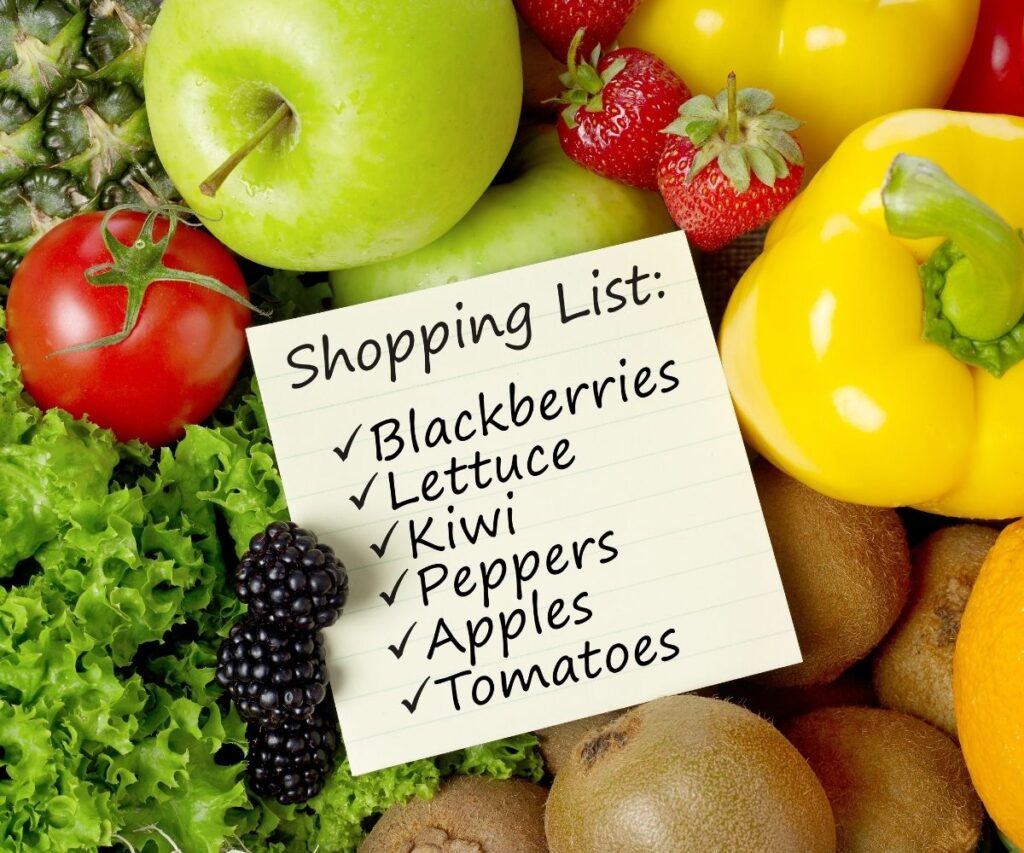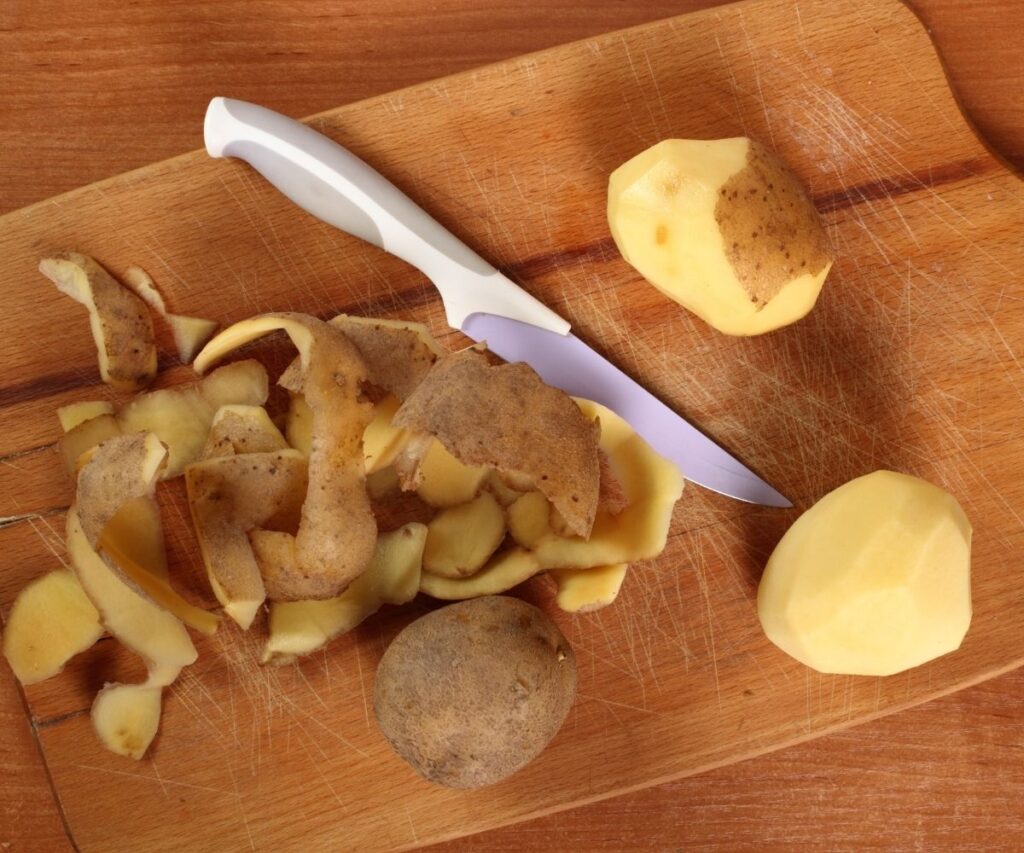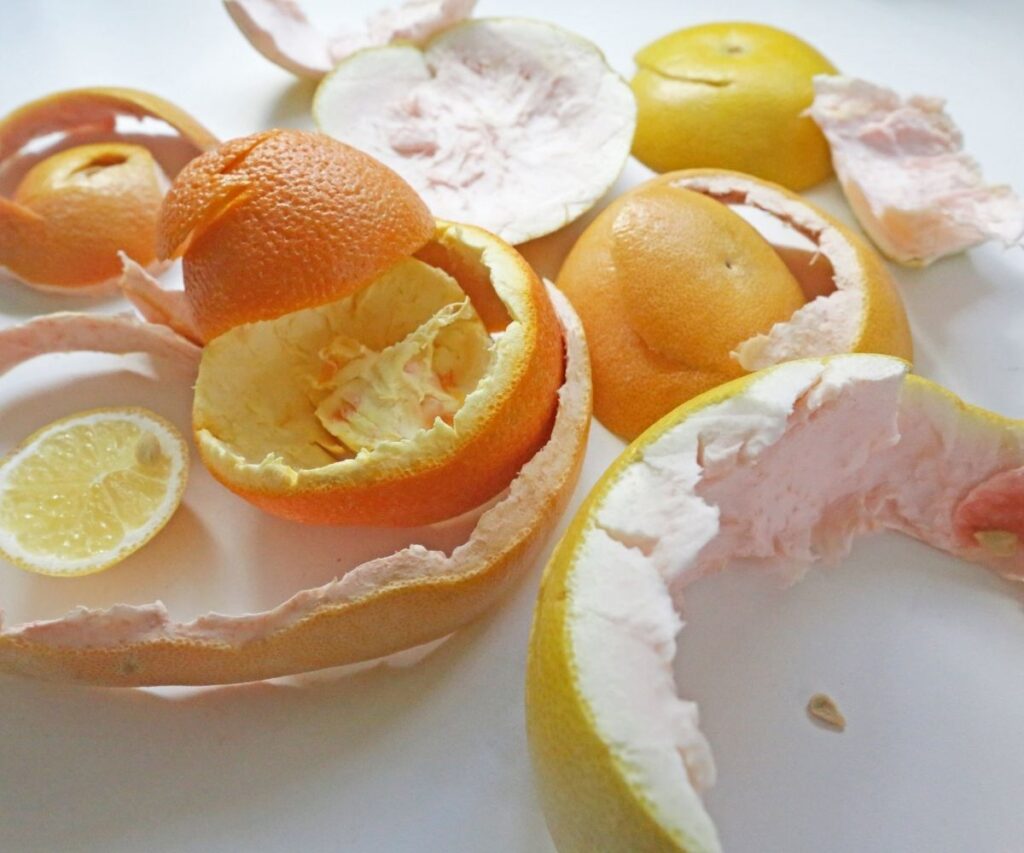We’re left with lots of food scraps whenever we cook a meal. Even if we plan our meals wisely, waste happens. Food scraps are hard to throw away, and not all food scraps are useless. We need to throw some of them away while others can be useful in many ways.
It is possible to reuse food waste ingeniously to reduce waste and maximize your food purchases. The first and foremost option is to compost. But what to do with food scraps without composting? Well, we can use food scraps in several ways.

How To Reduce Food Waste
We can have less food waste if we plan a few things. There are several practical ways to lessen the scraps. Here are some steps to reduce food waste that help you save money.
Don’t buy food in bulk
Bulk buying food deals can be tempting. But, sometimes, we throw them away if we cannot finish them within the expiration range. Fruits and vegetables can go bad quickly if they aren’t stored properly. Hence, you can avoid buying food in bulk and have less food waste.
Plan your shopping list
Create a budget and a list before heading to the supermarket. If you follow your list mindfully, chances are less that you will have any extra food in your cart. You will never throw away excess food when you only buy what you need.

Keep food properly stored
You need to store your food correctly to get the most out of it. Properly store fruits and vegetables, so they do not wilt or rot. Perishable things like milk should go to the refrigerator as soon as they enter your home.
Your purchases will last longer when stored with the correct method.
What to make from food scraps
As we peel and trim fruits and veggies and prepare meals, we often have scraps that we throw away. You can implement several innovative and practical ways to repurpose food scraps.
You can save money and reduce waste by reusing food scraps rather than throwing them away. Using up every last trace of food in your fridge and pantry should be your ultimate goal. Here are some creative ways to repurpose food waste.
Make a veggie stock
For months, you can store vegetable and fruit peels, stems, tops, and bottoms in the freezer. You can make a veggie broth or stock with these scraps. Use this broth to make soups, salad dressings, gravies, and casseroles. Get a great recipe with veggie stock and make great use of food scraps.
Roast potato peels
Suppose you have a lot of potato or sweet potato peels after making a dish out of them. To make tasty chips, roast these peels in an oven or air-frier.

Sun-dry herb stems
We mainly use the leaves of herbs like cilantro, parsley, mint, rosemary, basil, chives, and thyme. The stems either go to the trash bin or get composted. You can extend their uses by sun-drying or freezing them.
Sun-dried stems are as good as leaves. They contain almost the same amount of flavors. You can rehydrate them by soaking them in water for a few minutes before cooking.
Use frozen, and sun-dried herb stems when you make veggie stock.
Make bone broth
You can save some bones from meat dishes and make delicious bone broth. Having bone broth available will save you from purchasing costly powder mixes. It will help you reduce the scraps and help you stay healthy with its anti-aging properties and a good amount of collagen.
Reuse stale bread
You can make several dishes when you do not want to eat stale bread. You can make breadcrumbs, pudding, salad, croutons, French bread toast, and other recipes with stale bread. Nobody needs to trash or compost stale bread when you can repurpose it for various delicious dishes.
Regrow vegetables
It is easy to regrow your vegetables with the use of food scraps. It is often possible to salvage scraps such as celery, onions, beets, and ginger roots. It is possible to save money, reduce food waste, and teach valuable lessons about nature and sustainability.

Use the seeds of peppers and tomatoes to grow new plants. Instead of adding them to the composting pile, regrow them with the help of cut stems and roots. The cut roots of turnips, radishes, carrots, parsnips, and beets can be regrown and help you save money from your next grocery shopping budget.
Use eggshells as fertilizer
Eggshells are an inexpensive and effective way to fertilize soil outdoors and indoors. Wash and dry the eggshells. Crush them to a coarse or fine powder. You can also grind them. Mix the crushed eggshells or powder into the soil.

It will boost the growth of your plants, and you can harvest more produce from your veggie garden.
What To Do With Fruit and Vegetable Scraps
We eat fruit and vegetables almost every day. And we get a lot of leftover scraps out of it. Instead of composting or trashing them, you can use the food scraps well. Here are some helpful ways to use fruit and vegetable scraps.
Make a citrus rind air freshener
Don’t throw away the peels of citrus fruits like lemons, grapefruits, oranges. Save the peels to make an excellent air freshener at home. They are natural and rejuvenating, keeping your room mildly aromatic and fresh.

DIY Method:
- Scoop out the pulp from the halves of citrus fruits.
- Fill them up with some sea salt and essential oil of your choice.
- Keep them in the corners of your home, and you will smell a fresh and long-lasting fragrance in the room.
Pickle the melon rinds
Cantaloupe, watermelon, and honeydew are popular summer fruits. After eating the flesh of these melons, the rinds go to the bins. The best way to reuse the melon rinds is to pickle them.
Grind the melon rinds
If you want to try another way to repurpose the melon rinds, you can grind them and add them to your soups, gravies, or smoothies to make them tastier and healthier.
Make fruit scraps vinegar
You can use fruit peels to make your fruit vinegar at home. Fill a jar with fruit peels. Add some water, a small amount of vinegar, and sugar. Close the lid and set the jar aside. Stir the mixture every day for 15 days in a row.
Let the fruit peels ferment and turn the sugar into the vinegar. Strain the mixture through cheesecloth after 15 days, ensuring the vinegar is ready. Store it in a cool and dry place and use it for cooking and cleaning.
DIY face packs
You can use the food scraps in your skincare routine. Sounds weird, right? Using fruits and peels in your homemade face packs is not odd.
Let your skin soak into orange, yogurt, and banana goodness. Grind orange peels with some yogurt and banana peels (you can also use the pulp of a banana) and evenly apply the mixture to your face and neck. Rinse off and see the replenished and rejuvenated skin without spending money on salon sessions.
You can try multiple ways of using fruits and vegetable peels and let your skin get nourished and revitalized without spending any money.
Ways to recycle food wastes
Here are some ways to succeed if you want compelling and environment-friendly ways to use food waste.
Offer your food waste to farmers
If you do not want to compost your food scraps, you can offer them to a local farmer. They need a lot of composting to grow crops organically. They often have substantial compost bins at work. Giving the kitchen scraps to the farmers can help them have more compost for their farms, and there will be less trash in your waste basket.
Turn the food scraps into animal feed
Leftovers of carrots, cabbage, corn, and leafy vegetables can be good feed for farm animals like goats, pigs, and chickens. The scrap feed can be highly nutritious for them.
Make citrus peel candies
You can use lemon, orange, or grapefruit peels to make candies. Cut the peels into strips. Make a sugar syrup by mixing sugar and water and boiling it on a high flame.
Add peel strips to the sugar syrup and simmer on reduced heat for 15-20 minutes. Remove the strips and dry them on wire racks for 7-8 hours. You can store them in air-tight containers and munch on them whenever you want to have sweet and sour candies.
Final thoughts on How to successfully recycle and reuse food scraps.
Food waste is a big part of our trash every day. Every meal prep session can produce a lot of food scraps. If you are unwilling to compost food waste, you can find unique ways to make the trash work for you.
I have mentioned a few innovative ways to repurpose your daily food waste that help reduce and reuse our everyday food scraps. They are not only beneficial to saving money but can save our planet too.

 Simple Ways To Save Money And Time By Freezing Food
Simple Ways To Save Money And Time By Freezing Food
Leave a Reply